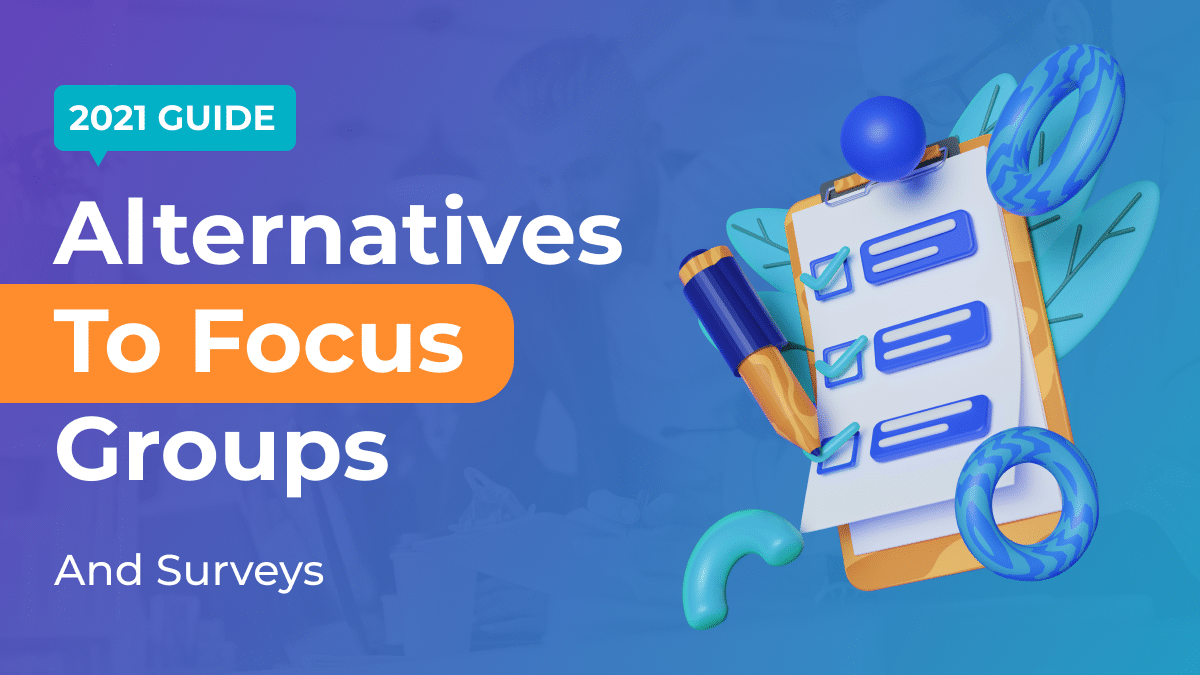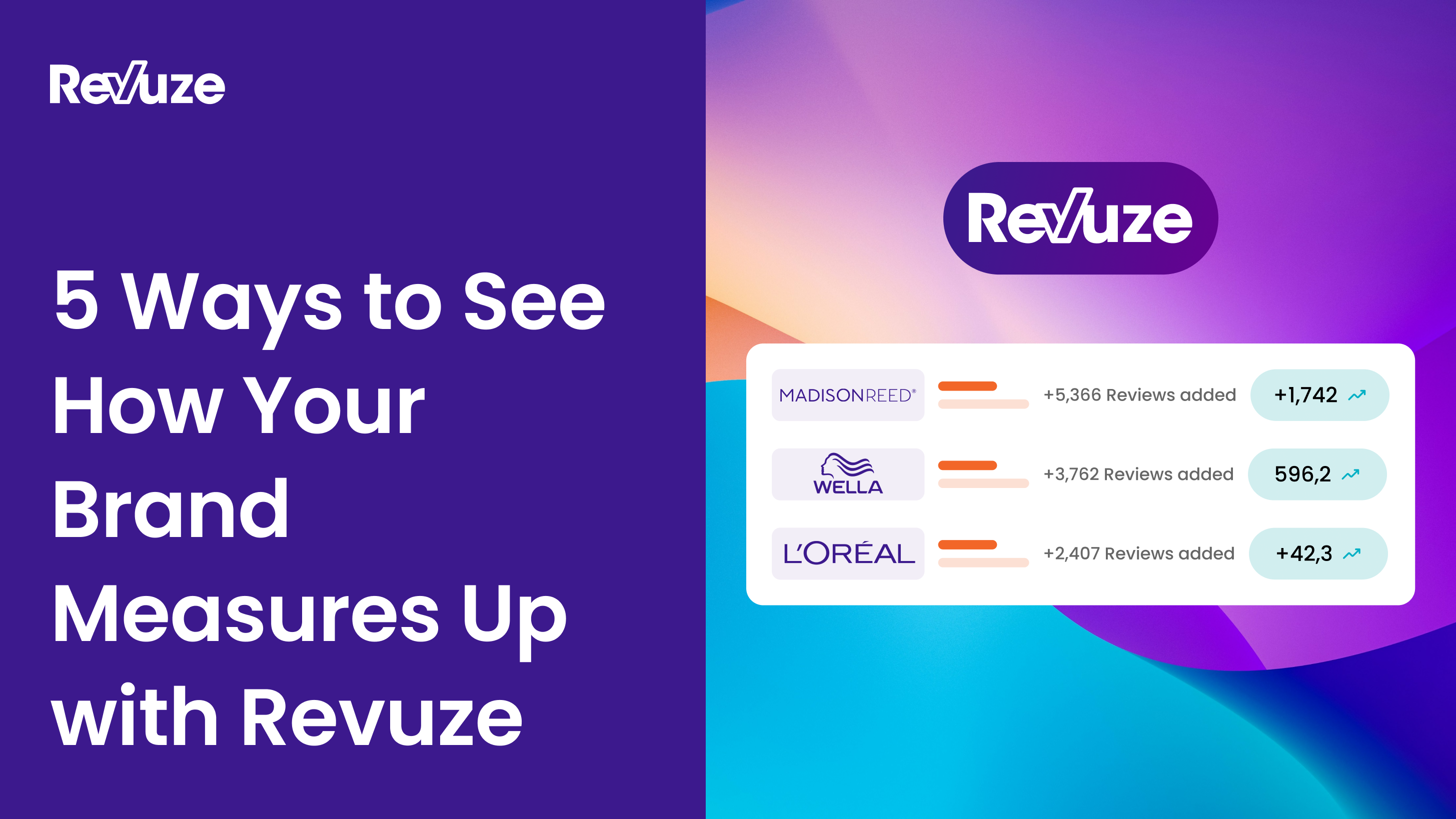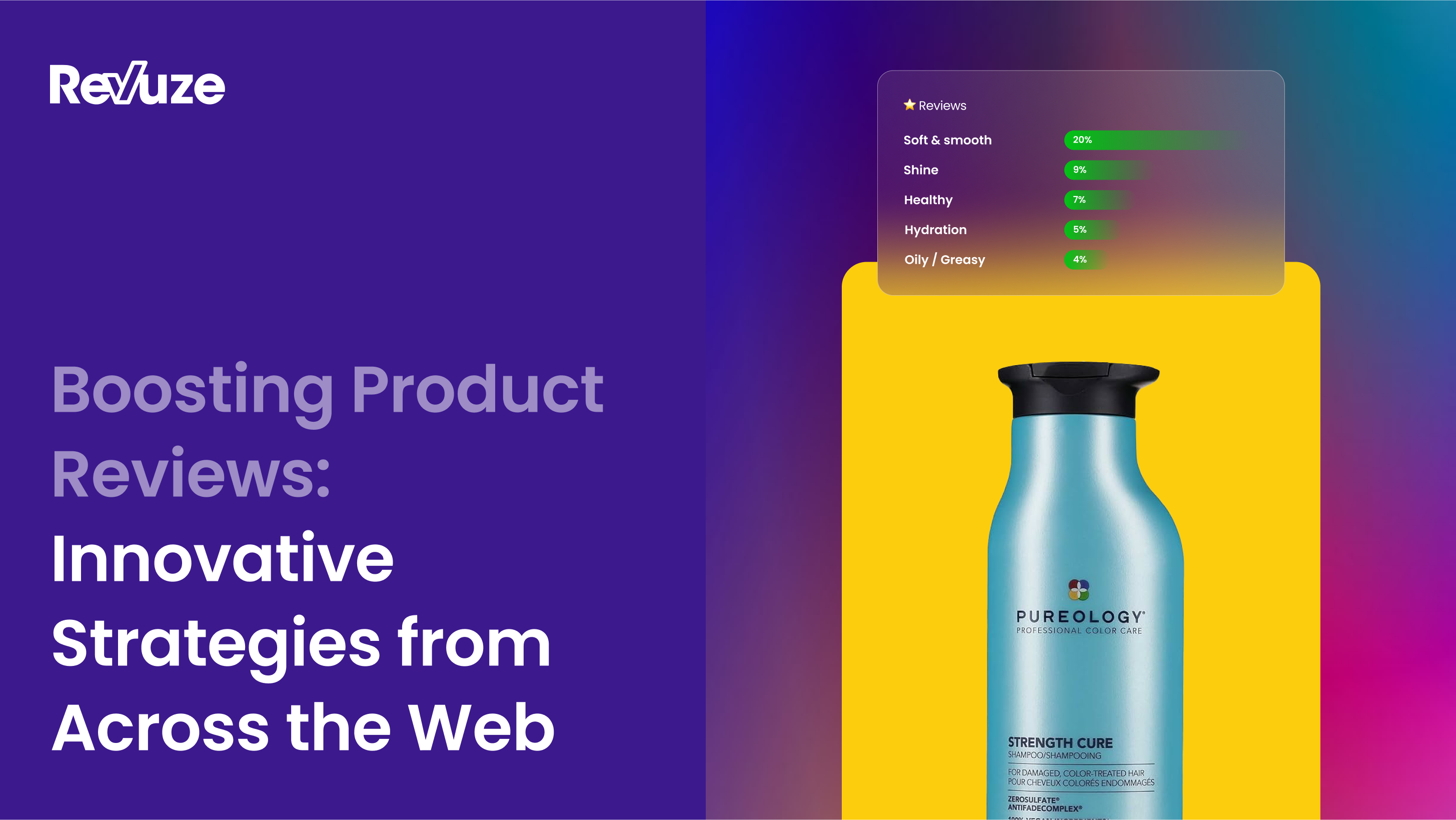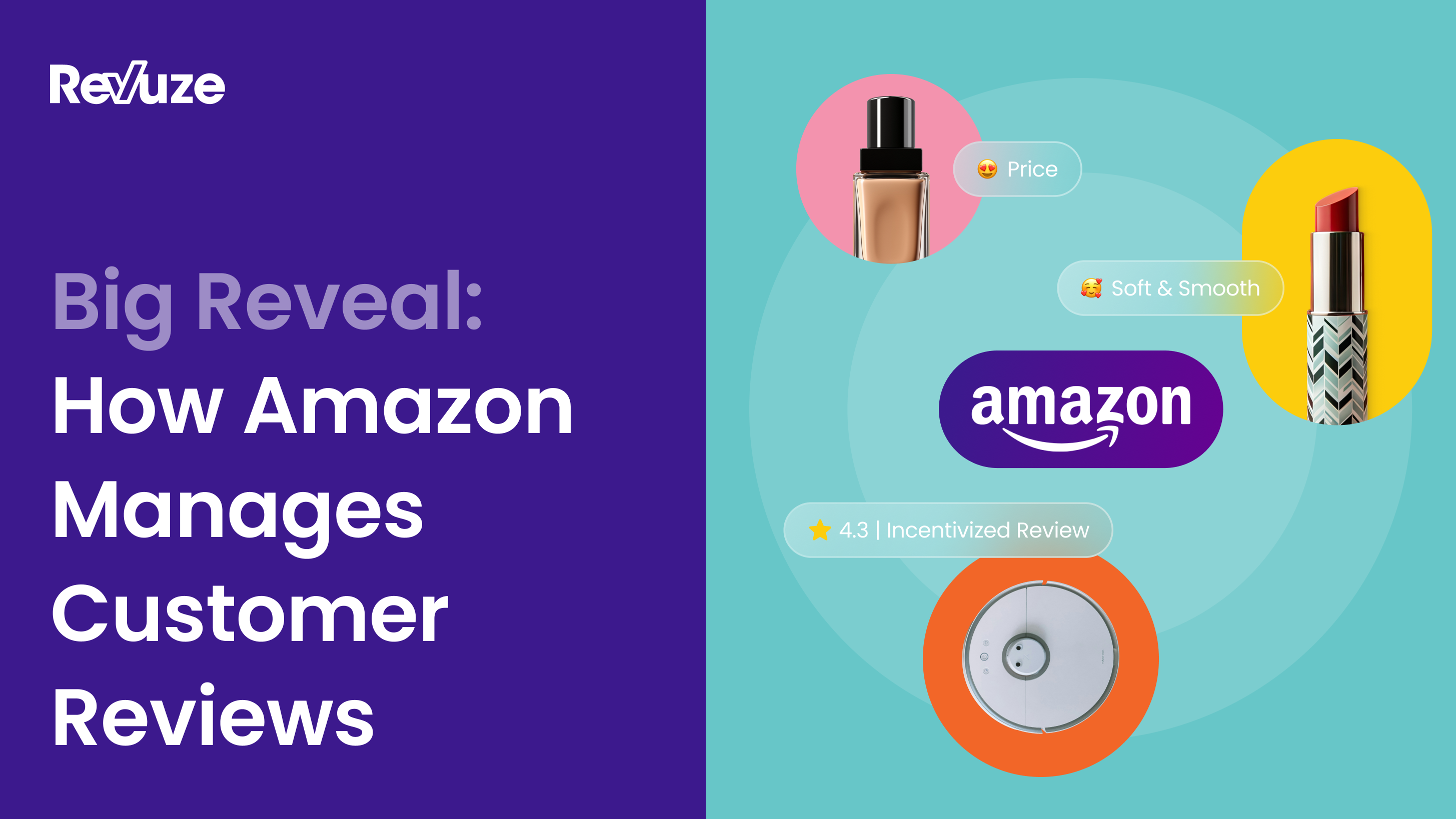
Getting feedback from customers is one of the best ways to gauge the success of a certain product or service. The most common method of reaching out to customers is the direct approach, and this is the reason why surveys and focus group discussions are the go-to strategies of marketers when gathering data about product launches and new marketing initiatives. But what If those strategies are outdated and biased? Do alternatives to focus groups and surveys exist or are we left with ancient strategies?
Customer feedback provides a basis for decisions regarding products and other offerings; whether they should be modified or produced at scale. It also provides perspectives on current customer sentiment so a business can predict market trends and act accordingly in the case of product launches.
The format of focus group discussions is a popular choice because of its in-person nature. By engaging with customers face to face, you can see customers’ facial expressions and actual reactions to a product or service. It also provides an opportunity to gather verbal feedback and opinions that can help shape your product or approach. In the US, government agencies use focus groups to gauge public reaction to policy changes and make a decision based on the data gathered.
Because time and budget constraints can hinder focus group discussions, organizations often turn to online surveys, which are relatively easier to manage. Depending on how specific you want your respondents to be, you can either create a survey form on your website or send specific questionnaires to a list of recipients. Some companies provide incentives to increase response rates, but this approach has its own disadvantages. For one, it might attract the wrong respondents or, on the other hand, it might encourage respondents to rush through the survey to get the specified reward. Still, some organizations have seen some success with their survey research efforts so surveys remain an option for gathering customer feedback and data.
Focus Group and Survey Research: What’s the Difference?
To truly understand these two methods, it’s important to know how different they are from each other. Although their goals are similar, the planning and execution for each method are markedly different and will determine their success or failure. The following section discusses the focus group and survey research in detail and highlights their main differences.
What are Focus Groups?
A focus group is a deliberately selected group of people put together for purposes of data collection through group interaction. This group of people participates in focus group discussions that discuss a given, specific topic to discover and explore how they react to and what they think about a certain product or initiative. Their behavior during the discussion and any strong emotions for or against the topic is also recorded.
Focus groups are commonly used during research before the launch of a new product or to test new ideas and novel concepts before putting them out in the market. They are effective because issues raised in a focus group discussion may spark new or better ideas, aside from helping address specific problems about a product.
What are the Common Types of Focus Groups?
Depending on the purpose, focus groups can be set up in different ways. The common types include:
- Single focus group. This is the most common type. It involves a small group organically discussing a topic, with a single moderator asking questions.
- Mini focus group. As the name suggests, a mini focus group has only four or five respondents. The smaller group is intended to create a more intimate environment for the discussion of sensitive issues or topics.
- Two-way focus group. This involves two focus groups, one discussing the topic and the other observing them. Each group has its own moderator.
- Dual moderator focus group. This involves the collaboration of two moderators, one asking the questions and one ensuring that the questions are answered. This ensures that the discussion stays on point.
- Dueling moderator focus group. This involves two moderators pitted against each other to present and explore opposing sides of an issue.
- Respondent moderator focus group. This type assigns the moderator role to each of the respondents temporarily to limit unintentional bias.
- Remote focus group. This is conducted using a teleconference or other online format. Although not as revealing as face-to-face group discussions, it provides an avenue where respondents from different geographical locations can gather and discuss a topic. It also offers a level of anonymity that’s helpful in exploring more personal topics.
What Should l Ask in a Focus Group?
Different organizations will ask different sets of questions depending on the purpose of the focus group. However, most questions can be categorized into three main categories.
- Engagement questions. These are asked at the beginning of the session to help participants be comfortable in the focus group setting and with each other.
- Exploration questions. Once the tone has been set, the discussion then starts with exploration questions. These will comprise the majority of the focus group questions and are designed to glean the necessary information from participants.
- Exit questions. These are asked before the session is concluded. Exit questions ensure that nothing has been missed and encourage participants to share any viewpoints not discussed during the session.
What are the Disadvantages of a Focus Group?
Although focus groups may sound good in theory, it comes with its disadvantages.
- It’s more expensive than surveys. Participants expect to be compensated, more often than not, so focus groups can be expensive. You also have to think about the venue, questionnaires, and other discussion paraphernalia.
- Participants may be hesitant to voice their opinion. People with introverted personalities have difficulties voicing their opinions freely, and a focus group setting can make it more challenging for them since they know that they are being observed. This negatively affects the quality of the information gathered and wastes the organizer’s time and money.
- Sensitive topics can be hard to discuss. It can be complicated to get honest opinions from participants regarding sensitive issues. In such cases, usable information can also be hard to obtain.
- Results can be biased. Since focus groups elicit opinions, the information gathered is naturally biased. It’s also possible for moderators to influence the perception of the participants, inadvertently or not. As a result, the information gathered might be inaccurate.
- It can’t stand on its own as a research method. Focus groups always require additional research since it only gathers data from a sample of the target audience. Consequently, opinions expressed in a focus group discussion might not represent the views of the audience as a whole.
- It’s not Ideal For B2B Research. Focus groups are designed mainly for consumers and B2C businesses. It can be challenging to get B2B insights in focus group discussions because professionals often require more prodding and sometimes higher compensation or incentives. This also requires an experienced moderator to obtain useful insights.
Are Focus Groups Better Than Interviews?
Although focus groups seem to frump interviews because they can glean opinions from more people quicker, there’s no guarantee that every participant will have equal opportunities to speak. Hence, some participants will speak more or less than others. Focus groups are ideal, however, in presenting an idea to different consumers or experts and can be similar to a brainstorming session. It’s particularly useful in gathering insights from people with complementary experiences, providing insights that can help in further product development and improvement.
On the other hand, interviews are designed for gathering opinions and experiences specific to a particular consumer, with more time to explore each respondent’s views. The one-on-one nature of interviews also encourages consumers to confide without judgment, avoiding bias, and allowing for the free flow of ideas that could lead to novel and better ideas.
Focus Group Alternatives
With all the disadvantages listed above, a focus group may not always be a practical choice for some businesses. Below are some alternatives for when focus groups won’t do.
- Social listening. Getting people of a specific segment can be difficult, even impossible at times. Listening to what people say on social media and using the tools made available by these services offers a cost-effective way of targeting specific audiences and hearing their opinions on certain topics. With social media, you can target audiences based on geolocation, age, gender, and more.
- Live chat. An online chat tool allows you to connect and interact with your target market. Although not the same as face-to-face interactions, live chat ensures that customers can reach you when they need to. Many companies feature an online chatbox on their website so users can get assistance when needed. Live chat can also make use of logic and question branching so users get relevant information. It also saves time because prospecting questions can be automated so leads can be routed to the appropriate agent.
- Diary studies. This is very useful if you want to know how users engage with a platform or product because you record the engagement as it happens. One of the problems with focus groups is that it takes users away from the actual product experience for purposes of research. Diary studies do the opposite and gather feedback on the spot instead of relying on customer recollection of experiences.
What are Surveys?
Surveys are a method of gathering information from an individual or group of individuals about a certain topic or product. A set of structured survey questions are sent to respondents to gather data and statistically analyze it to draw meaningful conclusions and actionable insights.
What are the Common Types of Surveys?
Surveys usually differ in the method of execution, but the difference in time or duration of research provides the most significant variety of survey types. Using time as the main consideration, surveys fall under two main types.
- Cross-sectional survey. This type is the most common and is done to collect information that’s relevant within a given time frame. It’s especially useful when data is needed immediately and where descriptive analysis is required. Cross-sectional surveys are either descriptive or analytical
- Longitudinal survey. This type of survey research lasts for an extended period of time. Respondents’ behaviors and preferences are continuously observed and recorded over time to discover reasons behind a change in habits or attitudes and whether changes occur regularly or not. Longitudinal surveys are either qualitative or quantitative.
What Should I Ask in a Survey?
Depending on the purpose of the survey, you should prepare questions relevant to your research and ensure that they are logically arranged. Multiple-choice questions are ideal for surveys that rely more on customer preferences than the reasons behind them. On the other hand, you can ask open-ended questions to get more details about survey responses.
Understanding your target market is vital so you can design a questionnaire that can get insights about your chosen topic. To avoid neutral responses, you can use survey questions like Net Promoter Score (NPS), where respondents are asked how likely they are to recommend the product or service; Likert scale, where respondents indicate their level of agreement to a statement; or semantic scale, where respondents are asked to rate a product or service using a multi-point rating system represented by opposite adjectives at each end.
What are the Disadvantages of a Survey?
Although a common and relatively simple option for gathering feedback, surveys aren’t a one-size-fits-all solution. It may not be ideal in all situations, and below are some of the reasons why.
- Surveys follow a rigid structure. Creating a survey questionnaire means accounting for all possible responses so you won’t miss out on data. Missing a vital question can mean also missing out on valuable information. There’s no opportunity to modify survey questionnaires once they are sent to respondents.
- They’re not suitable for controversial topics. Questions about controversial issues may not be answered accurately in a survey because it can be hard to recall information related to them. For sensitive topics, face-to-face interactions are ideal so that follow-up and related questions can be asked.
- Standardized surveys may not be appropriate for all respondents. Surveys are usually designed for a large number of respondents to ensure that you get information from a large enough sample. As such, questions are usually general in tone to accommodate the general population. The problem is that even general questions can be deemed inappropriate by some. Asking general questions doesn’t really solve the problem, and it dilutes the overall message of the survey.
Are Surveys Better Than interviews?
Depending on the goal, either method could be ideal in research and data gathering. Simplicity gives surveys their own appeal, with questions that require short, simple answers. However, interviews are more in-depth and provide opportunities to dive deeper into a question if necessary. An interview setting also ensures that participants get guidance and stay on topic, which is in contrast to a survey where they are left to their own devices. The only major downside of interviews is that they require a major commitment from both parties—the interviewer and respondent. For simpler topics with easy questions, surveys often suffice. If you’re looking for more in-depth responses, however, it’s hard to beat actually engaging and interacting with respondents via an interview where you can add or modify questions as needed.
Survey Alternatives
In lieu of surveys, there are other alternatives you can use for when surveys don’t suffice, including the following:
- Analyzing online reviews. Customers don’t always provide feedback directly to brands or companies, but online review platforms are a common avenue for honest, raw opinions about different products or services. Analyzing what customers say in these platforms will give you a more accurate representation of customer sentiment and help you plan and act accordingly.
- In-home usage tests. Although labor- and time-intensive, this method ensures that you get honest feedback because you provide customers with the product and a deadline. Throughout the testing period, customers can be sent product-related questions to guide them in what needs to be tested so they can provide relevant feedback about their experiences.
- The one question approach. This approach is effective because customers can do it in no time at all and is relevant to their journey. By asking a single question during or immediately after customer engagement with a product or service, customers are more likely to respond and provide fresh, accurate information. Open-ended questions work here because it gives customers the choice between a simple response or a detailed one.
Purpose-Driven Marketing Research
The popularity of focus groups and surveys, although not always ideal, has led to the rise of research and data gathering alternatives in efforts to obtain more accurate, reliable, and actionable data. Turning to these alternatives doesn’t necessarily mean that focus groups and surveys are dead; they both have their uses, and in some situations they could arguably be the ideal option. Both are merely methods with the same ultimate goal, and it’s this goal that should be the main focus. Today’s world is a data-driven one. Whether you use focus groups, surveys, or their alternatives, obtaining the right data at the right time should be each and every organization’s goal.
The year 2020 was a year of unexpected twists and turns, and if anything, it has taught businesses the value of planning and always being prepared for change. Customer feedback and data will help guide organizations regarding the next steps and plans of action in 2021 and beyond. Regardless of how that data is collected, what’s important is that you get the right data for your business and specific use case. For the time being, focus groups may be out of the question due to social distancing and other restrictions. There are ways to work around this, however, like creating a hybrid online survey that has a discussion afterward via teleconference similar to a focus group. The key to thriving despite a crisis is being proactive instead of reactive and finding new ways to do tried and tested methods.
 All
Articles
All
Articles Email
Analytics
Email
Analytics











 Agencies
Insights
Agencies
Insights